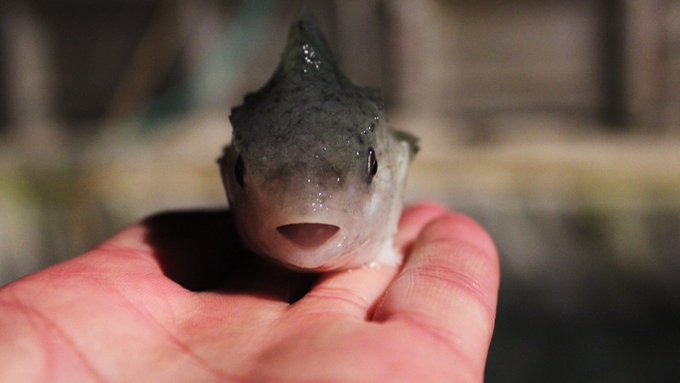Scientists at the University of Swansea have designed a series of behavioural tests to learn more about the cleaning behaviours in lumpfish, and why only a minority of individuals display them.
A research team at the University of Swansea’s Centre for Sustainable Aquatic Research (CSAR) is taking a novel approach in a new project that hopes to improve the performance of lumpfish as cleaner fish.
To do this, the researchers have devised a series of behavioural tests that follow the same logic as the Hare Psychopathy Checklist.
Psycho fish
In the Hare test, a clinician interviews a potential sociopath and scores them from 1-3 on 20 criteria, such as promiscuous sexual behaviour or impulsivity. The scores are summed to create a rank of zero to 40. Individuals who scores 30 and above are likely to be a pyschopath.
Postdoctoral researcher Benjamin Whittaker wrote in The Conversation, “[the project] involved testing for variation in activity, aggression, anxiety, boldness and sociality of individual lumpfish over repeated sessions, and then recording how these individuals interacted with salmon.”
Individual fish are monitored across multiple situations and given a personality profile, which is then used to predict the likelihood of future behaviours.
Ignored the salmon
Lumpfish are used in salmon aquaculture to remove sea lice and eat other parasites that infect farm stocks. Though the method has been championed as an environmentally sustainable way to control sea lice levels, it isn’t fool proof. Only 20 per cent of lumpfish actually clean salmon of parasites – the rest either ignore the salmon entirely or focus on feed pellets in the water.
It isn’t clear why a minority of lumpfish display cleaning behaviour and there are few trials that can provide data on cleaning activities.



